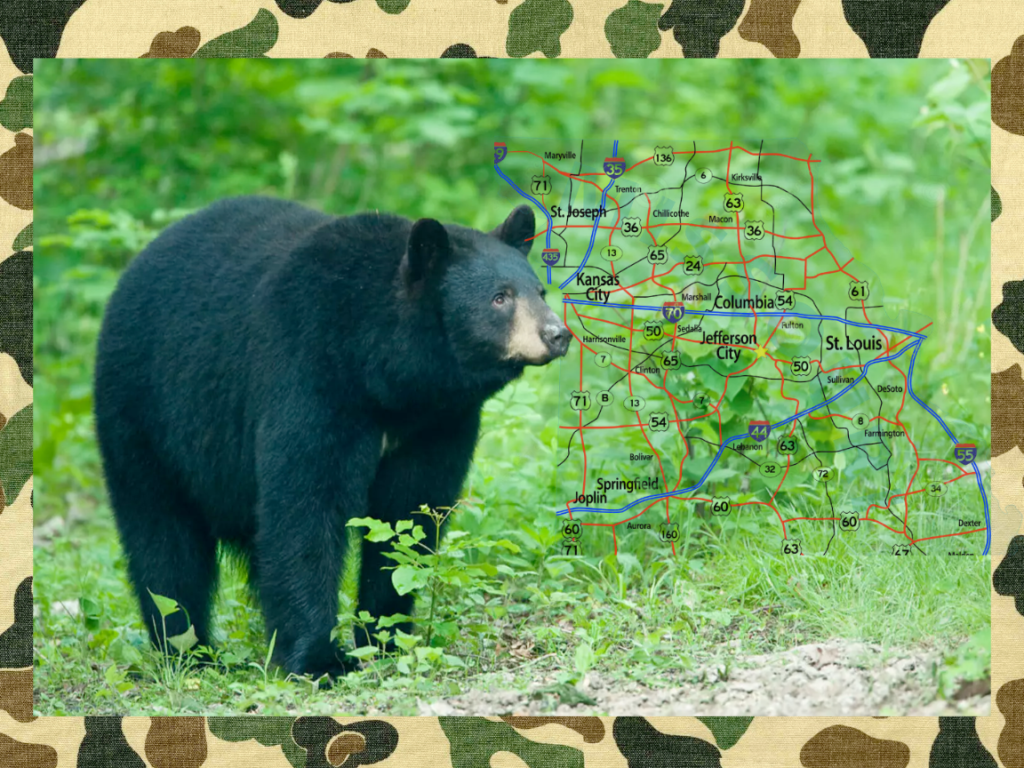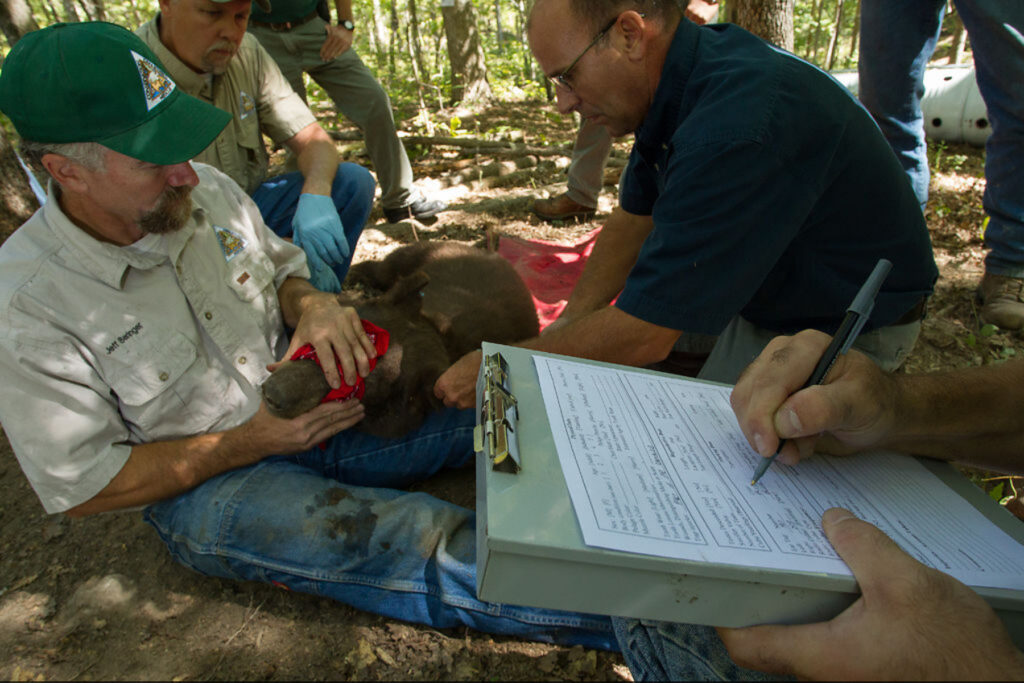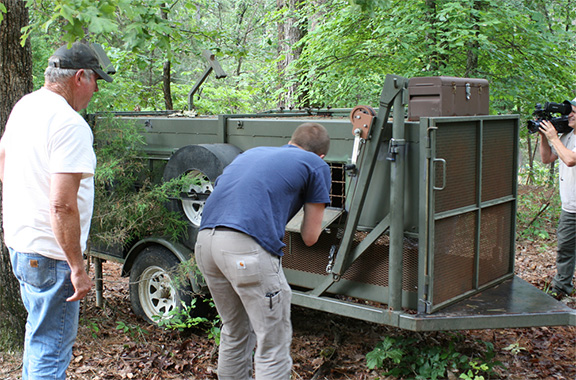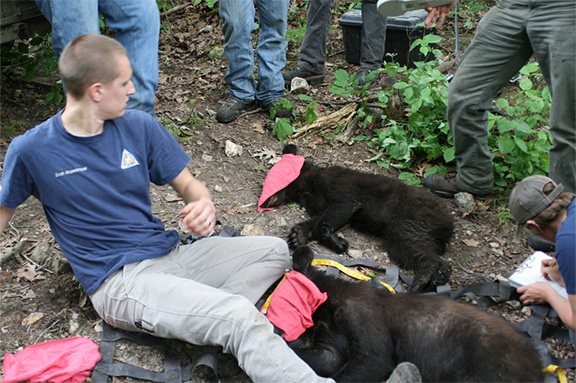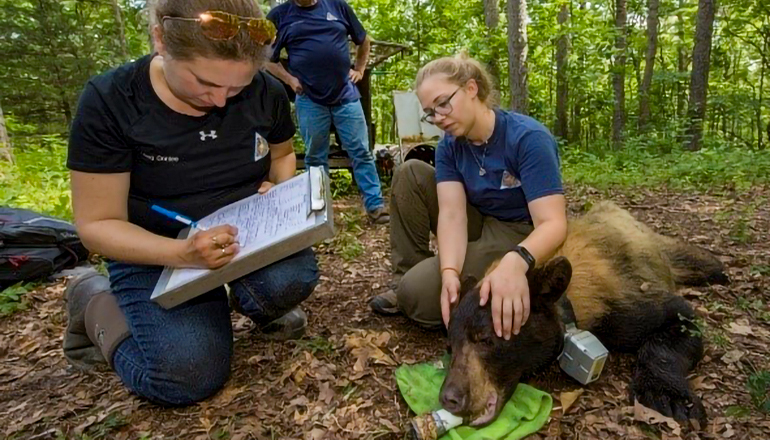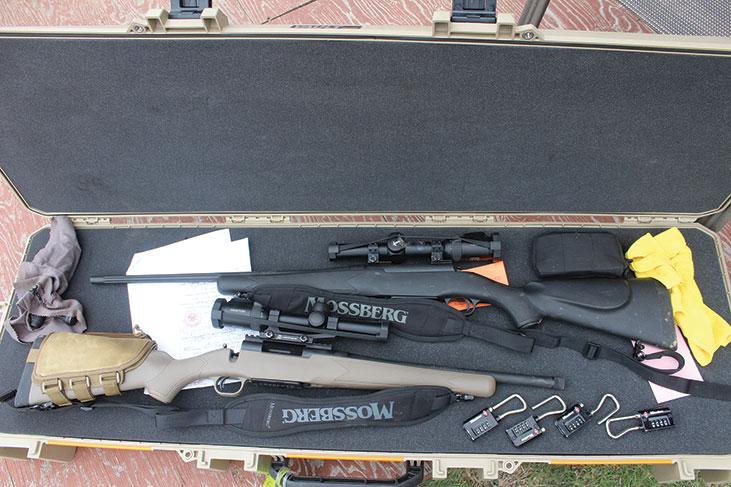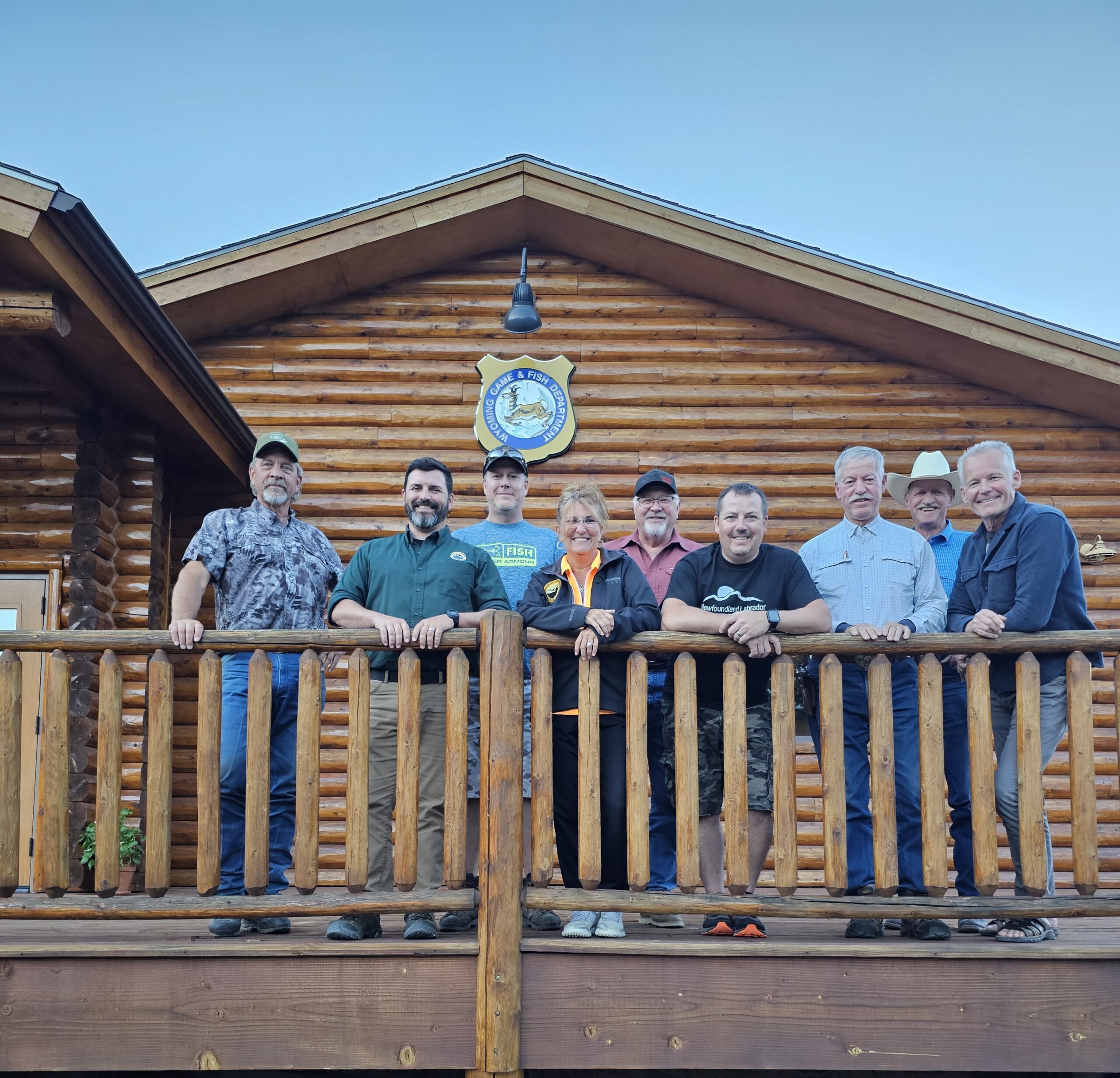The American Black Bear was historically common throughout Missouri. By 1800, legendary frontiersman Daniel Boone had reportedly shot all of the black bears out of Kentucky, so he set his sights on the bear rich riparian hills of what would later become our nation’s 24th state. The folk hero spent the last two decades of his life hunting in those hills. In 1804 the Lewis & Clark expedition rolled through what is now the Show-Me State, detailing frequent encounters with bears. According to reports, the men harvested 10 – 12 bears in the Missouri area as they stockpiled fats, furs, and smoked meats for the rest of their westward excursion. Bear meat was prized by early pioneers for its pork-like taste and the variety of uses for bear fat – including candles, soap, cooking oil, and musket grease. Bears were in high demand, which meant they were hunted at unsustainable rates across much of the country. By 1850 bears had grown rare in Missouri. By 1900, black bears had pretty much vanished from the state.
The last successful bear hunt in Missouri is believed to have been in 1931. The opportunity for the next successful bear hunt in Missouri will officially be in 2021.
During the early 1900s, bear sightings were extremely uncommon in Missouri. Bears that were seen were believed to be crossovers from Arkansas and not residents of the state. In 1958 Arkansas began reintroducing wild bears from Minnesota and Manitoba into to the Ozark and Ouachita Mountains. Bear sightings in Missouri slowly trickled upwards in the ensuing decades. Between 1950 and 1972, there were 54 bear sightings in 27 counties reported to the Missouri Department of Conservation (MDC) – an average of 2 each year. Between 2000 and 2010 and there were 512 sightings in 75 counties or 51 per year. Since then, sightings have climbed higher with 1,341 reports across 87 counties – an average of 223 per year between 2010 – 2017. By July of this year, the MDC had already received 250 reports. That trickle of bear sightings has turned into a steady stream, and recent genetic evidence has shown that while northern transplants from Arkansas are moving in, Missouri also never actually totally lost its native bears.
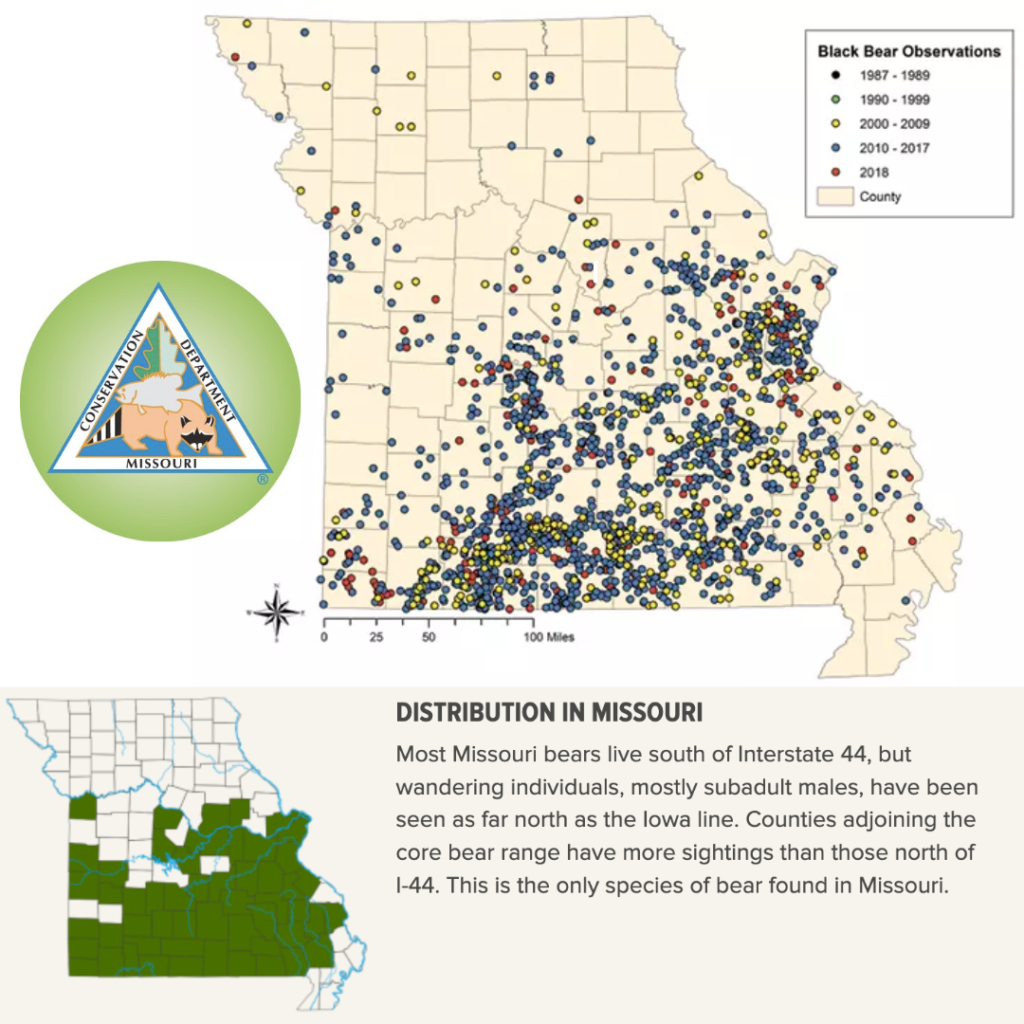
On Friday, December 11th, the MDC Commission virtually convened to vote on several measures, including a proposal for authorizing the state’s first official modern black bear hunting season. The vote was the final hurdle for defining black bears as a game species. The framework for a hunting season was approved.
During the meeting, video comments submitted by the Humane Society of the United States (HSUS) used deception in an attempt to elicit emotional responses while ignoring scientific experts and hard data. The HSUS called into question the entire process, disregarded the financial impact hunters have historically had on conservation, and insinuated that the MDC’s authorization of a bear hunting season would nefariously contradict the agency’s mission.
Throughout the public consultation period, HSUS made a coordinated push to manipulate the process to reflect their own radically self-righteous motivations and impracticable anti-hunting sentiments.
HSUS also publicly attacked both Safari Club and the MDC in an article littered with inaccuracies, hyperbole, and disinformation and they doubled down on that messaging following the passage of the proposal. Despite HSUS’s best efforts to distort reality, Missouri’s bear population is strong, and the scientific and economic data clearly support a well-regulated and sustainable hunting season. Despite HSUS’s criticism, this story is another example of Safari Club’s long history of funding conservation efforts that ensure a brighter future for America’s wild places and wild things while empowering state agencies to manage wildlife through science-driven processes instead of emotive rhetoric.
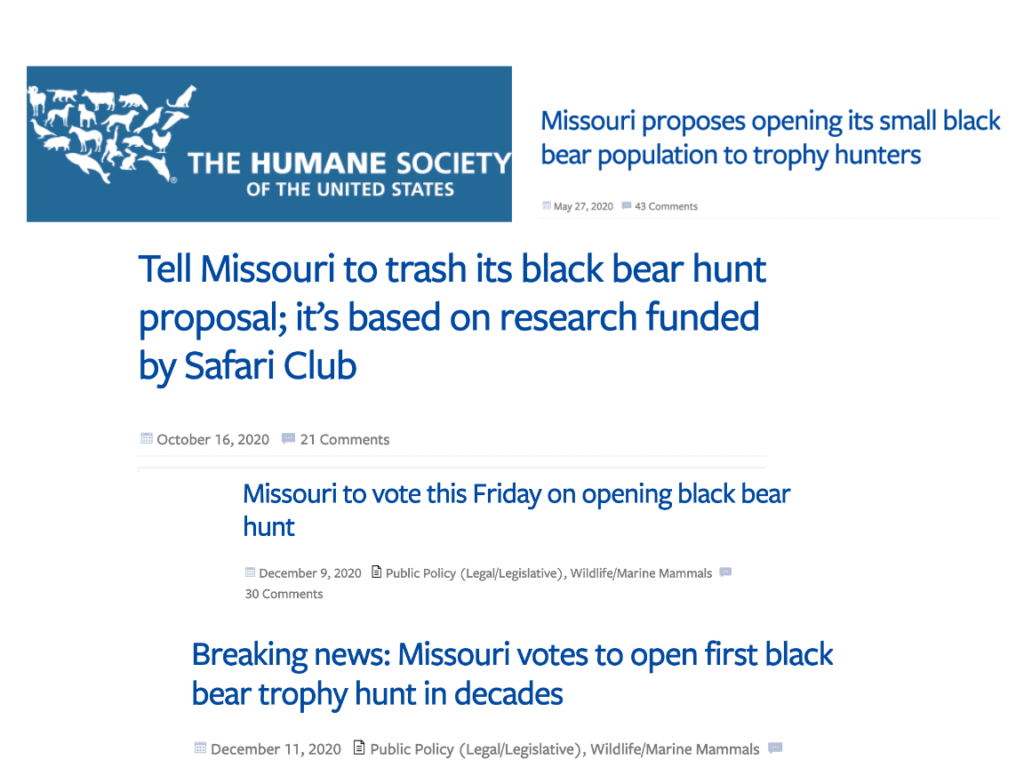
The HSUS’s hit piece was a direct response to a report and podcast episode in which Safari Club and the MDC celebrated the milestone achievement of restoring a booming population of black bears into the hills of Missouri, and it is full of deliberate misinformation about bear management.
The very first sentence alleges that the MDC proposed an “open season” on black bears – of course implying an unregulated free for all instead of what is a heavily regulated, intensively monitored, and very limited hunting season. MDC’s management plans for game species are based on decades of scientific research, rigorous population modeling, and a transparent public input process – not ecological and regulatory anarchy.
HSUS’s attempt to criticize the Missouri bear hunting season as an ego trip for out of state trophy hunters is a sad ploy. The season is restricted to Missouri residents, and ten percent of permits are set aside for local landowners, further incentivizing land management practices that enhance bear habitat. HSUS’s repetitive emphasis of the phrase “trophy hunting” also implies that bear meat is left to rot in the woods after the hunt, but under state law, bear meat must be harvested and utilized just like every other game species in the state.
HSUS also accuses MDC of “playing into the hands of trophy hunters while ignoring real research and science.” Of course, they fail to back that claim up with any scientific references or research citations of their own. HSUS also assailed the integrity of MDC officials and falsely accused them of making policy decisions that neglect conservation priorities to cater to “trophy hunters.” On the contrary, the MDC manages wildlife as a public resource and makes decisions based on the best available science and public input. Survey data shows public trust in the MDC is very strong, and that about 87% of Missouri residents support bear hunting as an effective tool for sustainably managing the species.
HSUS also casts aspersions on the Safari Club International Foundation’s (SCIF) validity as an actual conservation organization while ignoring the fact that the mission of SCIF is literally to promote wildlife conservation worldwide – a mission that SCIF has invested over $70 million in since 2000.
Perhaps the most outlandish statement in the article suggests that hunting will “decimate nearly all the black bears in the state.” That assumption hinges on the idea that every permit sold results in a successful hunt, which is very much not the case. On average, about 2-5% of bear hunters harvest a bear. The low success rate is due to various reasons, including bears’ innate ability to adapt to hunting pressure. In 2017, New Jersey sold 8,790 bear hunting permits. Hunters took only 409 bears. For comparison, data indicates that bear populations can sustain harvest rates of 15-20% without negative impacts on the population at large. This claim also ignores MDC’s defined quotas and requirements, which will limit the total harvest within each Bear Management Zone. If a zones quota is met, all bear hunting activity in that zone will stop immediately. To ensure quotas are accurate, the MDC will require hunters to report any bears they shoot no later than 10 pm the same day. Simply put, the MDC is opening a highly regulated and sustainable hunt that data proves will not negatively impact the overall bear population. Obviously, HSUS’s criticisms in this regard are entirely unsupported.
MDC’s management plans long ago successfully recovered the state’s deer and turkey populations, and those species are still sustainably managed through hunting. The fact that an organization like HSUS, which has no such track record of successful wildlife conservation endeavors nor employs any bear biologists in Missouri, thinks they know more about sustainably managing the states bear population is condescending and laughable.
Missouri’s new bear hunting season is another conservation success story that should be celebrated. The growth of the state’s bear populations is part of a national pattern of black bear expansion. However, anti-hunting groups like HSUS do not understand the science behind real conservation or willfully ignore it. Instead of celebrating the recovery of this iconic species throughout another major portion of their historic home range – the HSUS has decided to attack the very entities that made that recovery possible, simply because they hate hunters more than they actually care about wildlife.
Missouri’s bear management plan was revolutionized by a decade long study lead by the MDC in partnership with a research lab now at SUNY College of Environmental Science and Forestry. SCIF provided more than $100,000 to support the project and leverage funding from the MDC. Those proceeds went towards field cameras and GPS collars that facilitated research that already produced seven different scientific publications. The study ultimately determined the states’ bear population currently sits between 540 – 840 individuals. It’s estimated that bear numbers are increasing by 9% annually, and their geographic range is expanding rapidly. Thanks to this research, the ecological dynamics of black bear recovery in Missouri are now well understood.
The project focused on understanding bear habitat use and determining reproductive and survival rates. Researchers focused on bears in their dens, allowing females to be fitted with GPS collars and their cubs to be micro-chipped. The data collected helped biologists determine the age at which females began reproducing, the average size of their litters, and the survival rates of both female adults and cubs. That information helped researchers create a data-driven model for estimating bear numbers at a landscape level and forecast the trajectory of Missouri’s bear population. The research also allowed biologists to identify critical habitat and essential movement corridors to ensure the connectivity of bear range.
Nearly a decade after that project was launched, it has successfully and tangibly modernized bear management in Missouri. When the MDC announced earlier this year the commencement of a public consultation process regarding the authorization hunting as part of the official state Black Bear Management Plan, the state’s bear management story shifted from research to politics. In response, Safari Club submitted a formal letter applauding MDC’s commitment to the role hunting plays in scientifically driven wildlife management strategies and provided resources to help members in Missouri navigate the submission process for public input.
Missouri’s inaugural new 10-day bear hunting season is now officially set for October of 2021. Zone-specific permits will be issued in a random drawing, and hunters will have an option to use firearms or bows. The regulations exclude the use of bait or dogs, but that could be reevaluated in the future should management needs change. Hunters will be required to retrieve all usable parts of any bear they shoot, harvests must be reported by the end of the same day, and successful hunters must provide MDC with a tooth within ten days. Initially, the season will be open only to Missouri residents. According to Laura Conlee, one of the state’s leading bear biologists, hunting will be an essential part of the states’ bear management plans moving forward. Thanks to sound science and good management practices, the door has finally been opened for a revival of Missouri’s legendary bear hunting ethos.
Despite concerted efforts from the HSUS to stop that revival, both bears and bear hunters prevailed in this story thanks in part to Safari Club. The Conservation Federation of Missouri (CFM) deserves as much credit as anyone, though. CFM represents more than 100 organizations and 180,000 people throughout the state. Video comments submitted to the MDC Commission by CFM Executive Director Tyler Schwartze and the ground charge lead by their members successfully combated HSUS’s deception by publicly pushing back on their sentimental pomposity with deliberate scientific and economic evidence.
During the Commission’s discussion on bear hunting, a question was raised regarding the public consultation process. MDC officials noted that hunting regulations on waterfowl or deer often receive more than 20,000 public comments as stakeholders from across the state hash out disagreements. In contrast, the consultation for the bear hunting season drew only about 1,000 comments – almost all of them sad robot-like responses from one anti-hunting group in particular. MDC officials also confirmed that adjacent states like Arkansas and Oklahoma are successfully managing their own increasing bear populations while simultaneously offering hunting opportunities.
Oklahoma Governor Kevin Stitt celebrated the recovery of bears in his home state with a successful bear hunt of his own in October. Missouri Governor Mike Parson has big shoes to fill. Even if he has no interest in hunting a bear, Safari Club still encourages the Governor to at least apply for a permit to celebrate the sustainable recovery of black bears in his own state as well.
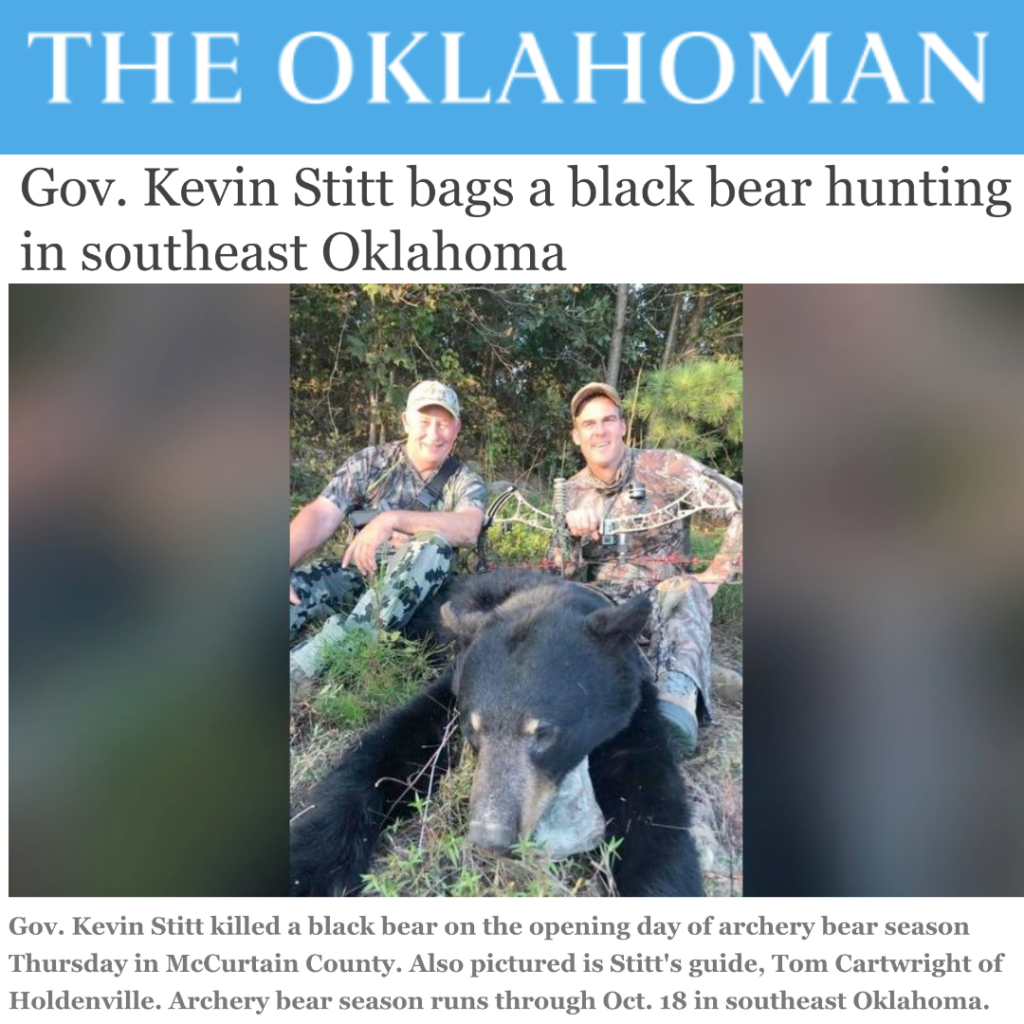
The story of black bears in Missouri perfectly exemplifies Safari Club’s mission to protect the freedom to hunt and promote wildlife conservation worldwide. That mission is driven by the inherent nexus between political advocacy and scientific research. SCIF is proud to have played a role in steering the recovery of Missouri’s black bears. SCI’s advocacy team, the grassroots power of SCI’s chapter network, and strong partnerships with like-minded organizations again proved to be a good recipe for combating domineering attempts by nationally influential anti-hunting organizations to hi-jack wildlife management decisions from the dedicated experts best equipped to make those decisions. If need be, SCI’s legal team is on standby to step in and stand up for the MDC’s bear management plan and the impending revival of the Show-Me State’s legendary bear hunting folklore.
For more information on bear management in Missouri, check out these videos from the MDC:

